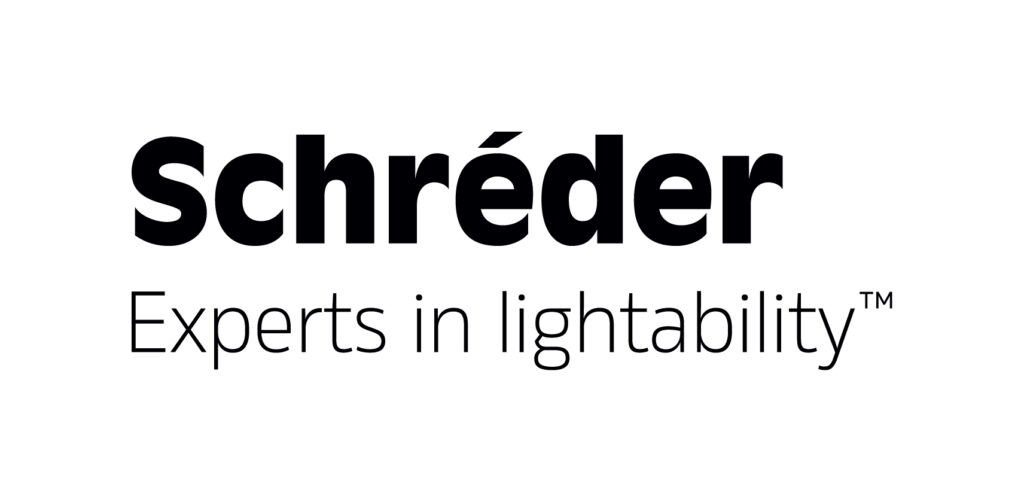By Schreder
As urbanisation accelerates, with over half of the world’s population now residing in urban areas and projections indicating that 68% will live in cities by 2050, the need for sustainable urban development has never been more critical. Cities are responsible for more than 70% of global CO2 emissions, prompting citizens, urban planners, and stakeholders to seek innovative solutions to decarbonise and achieve net zero goals. The actions we take today will shape the future of our cities.
The impact of digital and connected lighting
Digital and connected lighting plays a crucial role in transforming public spaces, making them safer and more welcoming after dark. When lighting is thoughtfully designed, with the unique characteristics of each space in mind, it can significantly boost footfall, economic activity, well-being, and the overall image of the city. Public spaces are evolving, and cities aspiring to global leadership must keep pace with these citizen-driven and essential changes.
Integrating smart technologies
Modern street lighting can incorporate smart technologies such as sensors, cameras, and control systems to enhance the quality of life for citizens. These technologies are already embedded in urban areas and can connect with other devices to share data. This connectivity can support the creation of a “digital twin” model of the city, aiding decision-makers in planning improvements and expansions.
The transition to LED and the need for CMS
The initial transition to LED lighting has led to substantial energy savings in urban centres worldwide. However, for a city to be truly smart, it needs an interoperable central management system (CMS) like Schréder EXEDRA, which harnesses the full potential of lighting to serve citizens through a multitude of smart functions.
The importance of connected-ready solutions
Urban planners, city authorities, and lighting designers face numerous choices that can seem overwhelming. However, one critical consideration can make a significant difference: opting for connected-ready solutions.
What is connected-ready?
The decisions city leaders make today will determine how cities, towns, and villages will function in the future. Lighting is an essential part of the urban ecosystem, and as the needs of residents and visitors evolve, the infrastructure must adapt. Connected-ready technology ensures that communities remain flexible and can integrate new functionalities without extensive infrastructure changes.
From a hardware perspective, there are two primary options for connected-ready lighting:
1. Connected-ready luminaires with sockets: these luminaires come with a socket where a NEMA or Zhaga node can be added later;
2. Luminaires with pre-fitted nodes: these luminaires come with a node that is not yet connected to a CMS. This option allows for instant connectivity in the future without any on-site manual interventions, saving time and money.
Additionally, a connected-ready luminaire allows for easy retrieval of asset data through remote management systems like Schréder EXEDRA. This capability facilitates cost-effective asset management by leveraging connected functions.
Addressing global and local sustainability goals
With the pressing need to meet the UN Sustainable Development Goals, national decarbonisation plans, and laws on light pollution, local authorities are under immense pressure to save energy, reduce their carbon footprint, and integrate their assets into the circular economy. Public lighting can significantly contribute to these objectives.
Conclusion
For urban planners, city authorities, and lighting designers, the multitude of choices can be daunting. However, choosing connected-ready solutions is a straightforward decision that offers numerous future benefits. It ensures that street lighting can seamlessly integrate into a smart system with minimal cost and effort. By investing in connected-ready infrastructure, authorities can promote sustainability and savings, making a wise decision for the future of their communities.

If you would like more information, send us an email at info@scs-schreder.com














